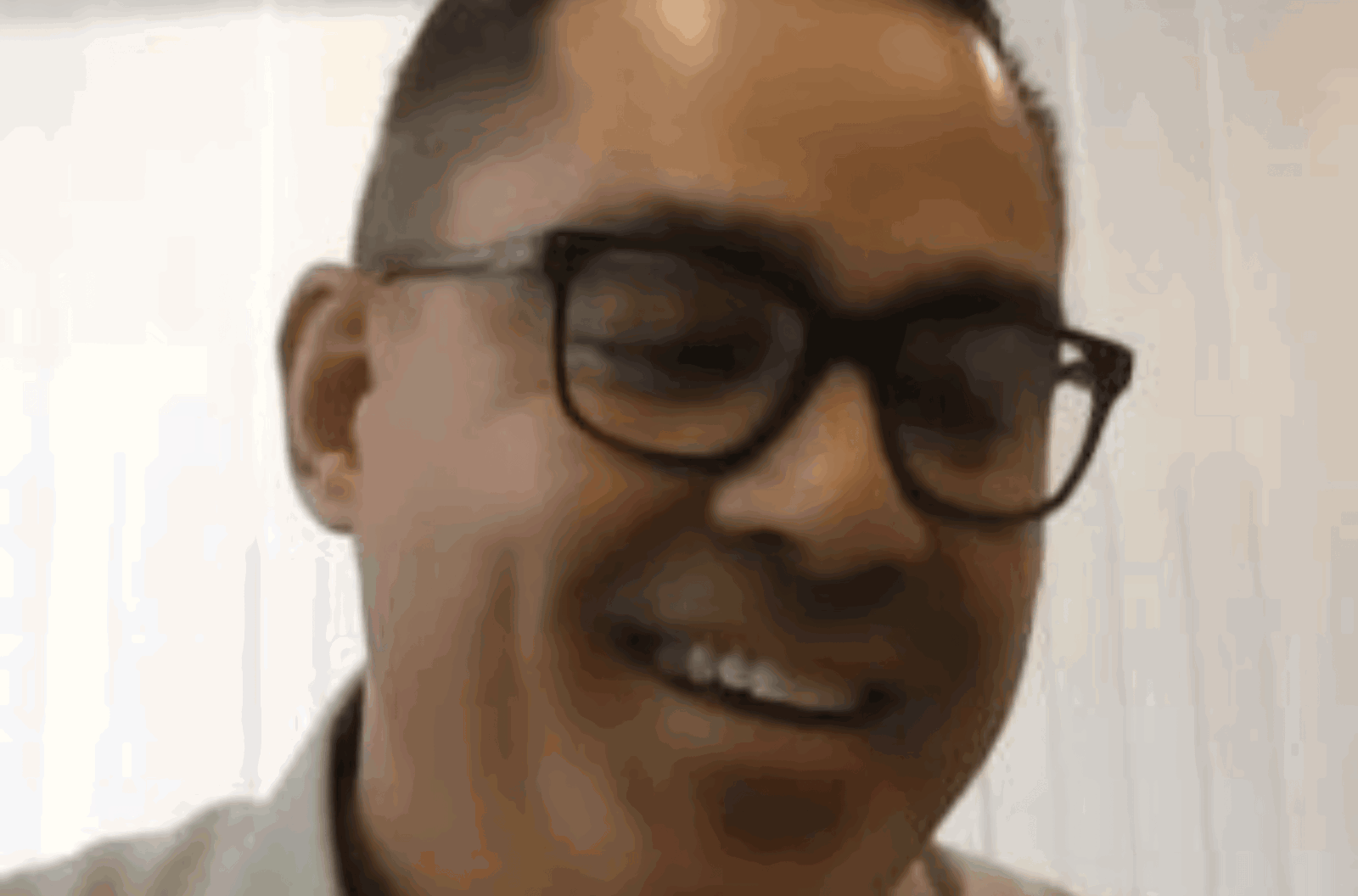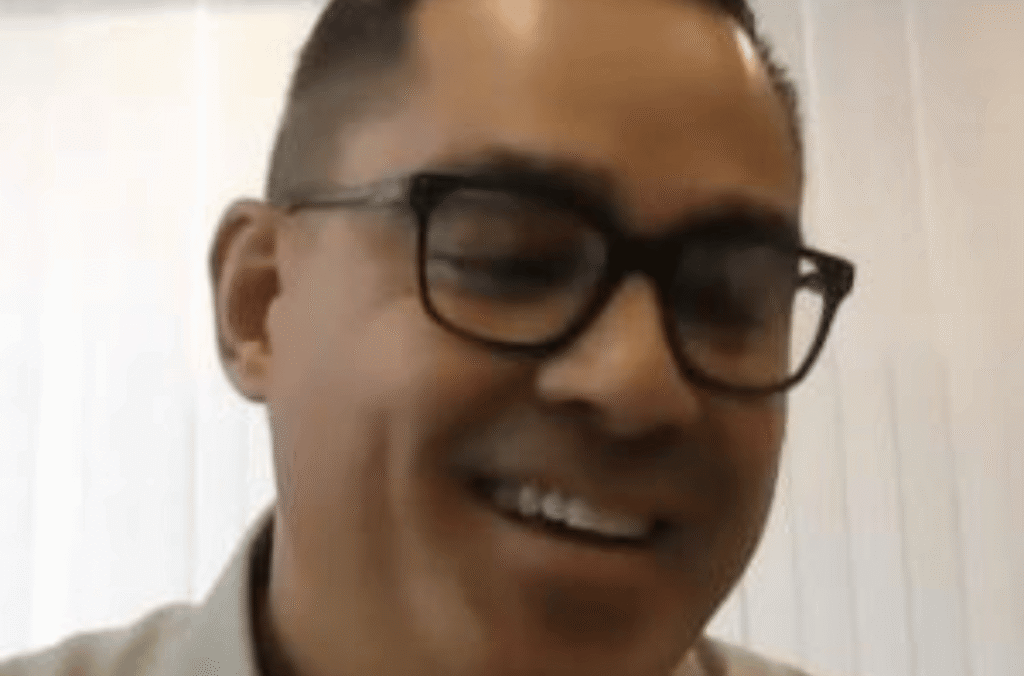HAGÅTÑA (The Guam Daily Post) — One of the concerns brought up by stakeholders who attended the Guam Department of Education Engagement Forum on Wednesday evening is the inconsistency of one-to-one aides within the Special Education Division. It’s a challenge the division’s head is trying to overcome.
A one-to-one aide can have a profound impact on a student with special needs, as exemplified by one parent who said she was thankful her special-needs child was paired with an attentive one-to-one aide. But another stakeholder said the shortage of one-to-one aides results in an inconsistency of coverage which can make dropping off a special-needs student difficult.
Assistant Superintendent of Special Education Tom Babauta acknowledged the challenges inconsistency brings. He told those in attendance that his division is shifting away from one-to-one aides and paraeducators and toward adult support for a couple of reasons.
“No. 1, when I came on board in 1999 with DOE, we had less than 90 paraeducators,” Babauta said. “There’s some strain on the manpower, so we are not able to keep up. On another note, we are really tracking toward independence. So we are really trying to get some folks to cross-train … so we are not just doing monitoring or supervision service. We are really trying to be able to get these folks to handle … academics, … we want them to be dynamic. So with that being said, the last couple of years we’ve spent a lot of time on training of our paras.”
But inconsistency in manpower has been a notable challenge, Babauta said, as the entry-level job is “tough” and doesn’t pay much.
“So this last year we were able to give them limited-term full-time. We were able (to offer) benefits, leave, treating them with a little more dignity and respect. But when everybody got the 22% (raise), it kind of pushed it over the edge,” Babauta said in the meeting.
To put things in perspective, 90% of GDOE’s budget has gone toward personnel pay. The department has had very little for facilities and maintenance, Babauta said.
“Think of your house and never doing maintenance on it and then think of 10, 20, 30 years and then all of a sudden you’re going to clean house and fix everything up, it’s going to take time and a lot of money. Well, even the way we are building our individual education plans, what we are doing is really visiting every aspect of special education, we’re streamlining and we are listening to parents,” Babauta said.
The Special Education Division is trying to get back to the basics and uncomplicate things by streamlining and training staff, he said.
“We are looking at the different models for paraeducators. We are bringing in administrators and special education staff and we are having these discussions on what it is exactly we need,” Babauta said.
Babauta told the Post that with shortages in general and in coverage, the resources must be shifted.
As part of the effort, the division is cross-leveling paraeducator support districtwide, he said.
“Right now we have some schools that have a big shortage and some schools have a small shortage. We are trying to level it out. Every school is going to have a small shortage,” Babauta said.
He said the division is analyzing the use of paraeducators to ensure student success.
“We want to make sure that when your kid progresses through the system and transitions into adulthood that they have skills necessary to thrive and survive,” Babauta said.
Cross-leveling, however, does not mean that special-needs children will lose their current paraeducators.
“Don’t worry, we are not taking anyone’s paraeducator away if it’s on their (individualized education program). We are just asking everyone to look at it and what exactly we are needing from the para and even the school team,” Babauta said.
“What I am asking each parent to understand, each administrator is there to ensure that your child gets what they need. With the cross-leveling, we got the committee together so no school is going to have a shortage of more than two paraeducators.” Babauta told the Post.
How it will work is each school will tap into their regular resources – such as normal school aides – to help provide coverage as needed, he said.
“What we do is ensure that everybody is cross-trained. So your primary job as a regular school aide usually handles safety in passing time can cover classroom, but additional duties might mandate that they cover a student with special needs. That’s why we do the training,” Babauta said.
According to an internal memo with regard to paraeducator cross-leveling in the redistribution effort, schools were instructed not to relocate their full-time aides, but instead encouraged to move limited-term full-time positions.
A chart of the cross-leveling showed that with the current 301 aides, 391 students need support across the district, prompting the movement and redesignation of 25 aides.
For example, C.L. Taitano Elementary School showed six current aides on its staff, with 12 students in the school requiring support. As such, four aides were added to the school, bringing the total number of aides at CLTES to 10.

Tom Babauta











